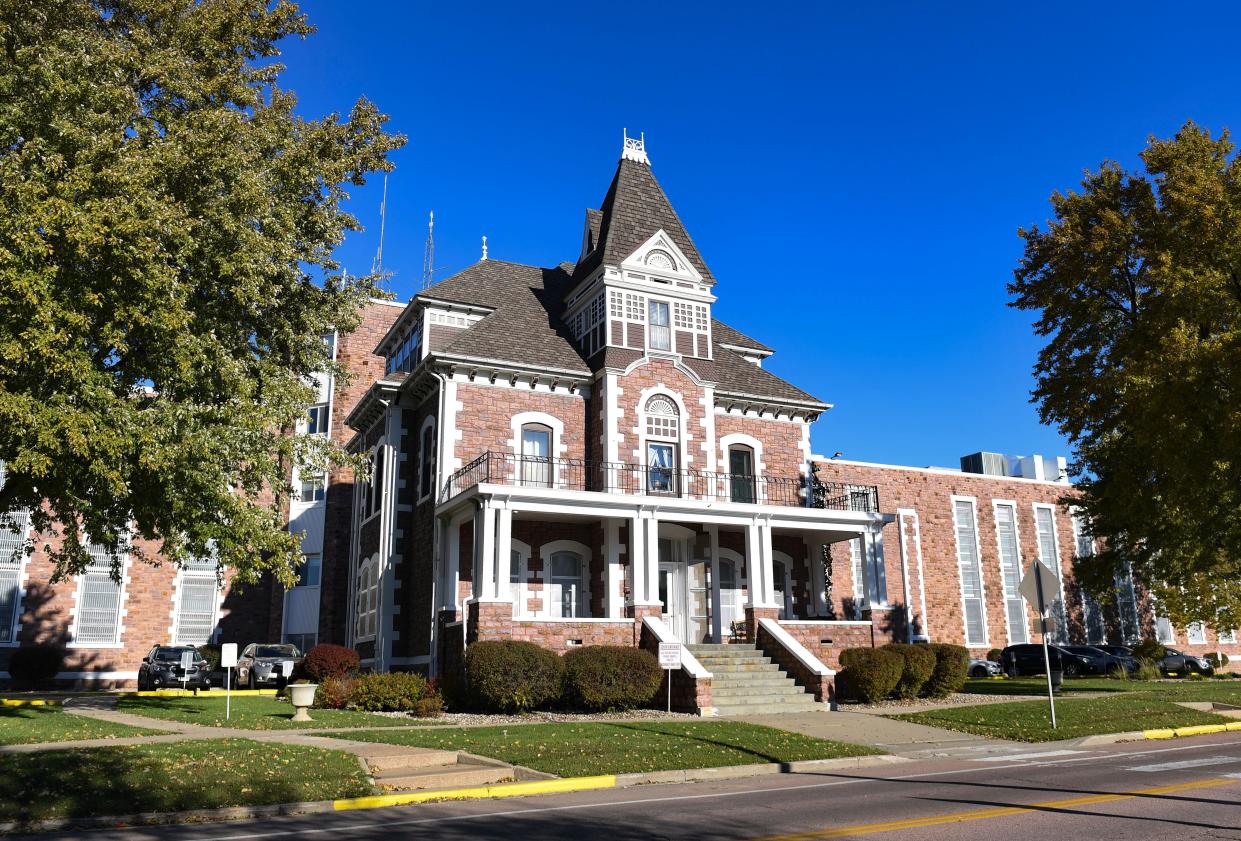Parole officers create specialty unit to target parolees in hiding

Until recently, most parole officers in South Dakota managed a caseload that included a mix of low- and high-risk offenders and “absconders,” the term given to parolees who lose touch with their parole officers.
A few months ago, however, the Department of Corrections reshuffled those caseloads to create an Absconder Apprehension Unit, whose officers track parolees on the lam.
The unit’s officers now serve as a point of contact for local sheriff’s offices and the U.S. marshals, and the officers collaborate with them to locate and capture offenders.
“We have established the unit due to the criminal activities involving current parole absconders,” DOC Secretary Kellie Wasko said in a written statement. “Our goal is to work with our law enforcement partners to improve and ensure public safety.”
The move from the DOC comes as lawmakers in Pierre debate measures that would restrict parole for violent and repeat offenders, and alongside the creation of a specialized violent crime unit by the Sioux Falls Police Department.
Change through communication
The move came in part as a result of conversations between Wasko, who was appointed last March, and sheriffs including Mike Milstead, who presides over the most populous county in South Dakota. The Minnehaha County sheriff also operates his county’s jail, which often houses parole absconders caught on warrants or arrested on new criminal charges.
Conversations began in late summer and into early fall, the sheriff said, and included his office, the police chiefs and mayors of Sioux Falls and Rapid City, and Wasko. The same group now meets regularly to collaborate and offer updates on their respective organizations’ efforts to rein in repeat offenders, Milstead said.
“Quite frankly, the group was formed because of how many repeat offenders there were and how often they’ve been involved in violent crimes,” Milstead said.
During the initial discussions with Wasko, the group learned that about 470 people had lost touch with parole statewide. As of Feb. 13, the DOC lists about 100 fewer absconders than that on its website, but those represent absconders for whom a warrant has been issued.
A warrant is an important tool for parole officers, according to Brad Lewandowski, the DOC’s director of parole. Once a warrant is issued, law enforcement can arrest an absconder.
Lewandowski told the South Dakota Board of Pardons and Paroles this week that the partner agencies have welcomed the sharing of warrant information. The sharing of tips on the whereabouts of parolees with other agencies has also been a welcome change.
Parole officers and law enforcement both benefit, Lewandowski said.
“Parole absconders are often with other criminals around town,” he said.
Narrowing down the list to the most concerning cases was part of the goal of the multi-agency collaboration. The Minnehaha County Fugitive Task Force is now in regular contact with the Absconder Apprehension Unit, and its members have ridden along with warrant detectives to get a sense of the work.
Kayla Stuckey, assistant director of field services for the DOC, said the parole office is encouraged by the signing of a memorandum of understanding with the U.S. Marshals for apprehending parolees in Indian Country.
“That will help us, we’re hoping, with some of those reservation cases,” Stuckey said.
Focused on high needs
The Absconder Apprehension Unit is part of a broader effort to re-align the parole workload, Stuckey told the parole board on Thursday.
Some parole officers are looking at targeted populations, such as those with mental health needs, the chronically unemployed or those with substance abuse troubles.
Winnowing the list of supervised parolees for the specialists is meant to ease the burden of helping the parolees who struggle the most with their transition to a life outside the walls.
“When you have a caseload of 65, it’s really hard to drill down and give those cases the attention they deserve,” Stuckey told the board.
Stuckey and Lewandowski also told the board there are 10 open positions in the parole division. That hasn’t overwhelmed the office, but they do hope to fill the jobs quickly.
Board member Kurt Hall asked if parole had enough officers. Lewandowski said officers are managing around 10 more parolees on average than they’d like – 70 instead of 60 – but that “we’re sitting so much better now than we were five years ago.”
He also told the board that the focus on absconders can skew the picture of parolees and post-incarceration success rates – even for parole officers. There were about 3,500 people on parole at the end of 2022. Most of them are not involved in violent crime.
“You’ll have 5% or 10% of your caseload that’s constantly in your face, so you forget about the 90% who are doing well,” he said.
This article originally appeared on Sioux Falls Argus Leader: Parole officers create specialty unit to target parolees in hiding

